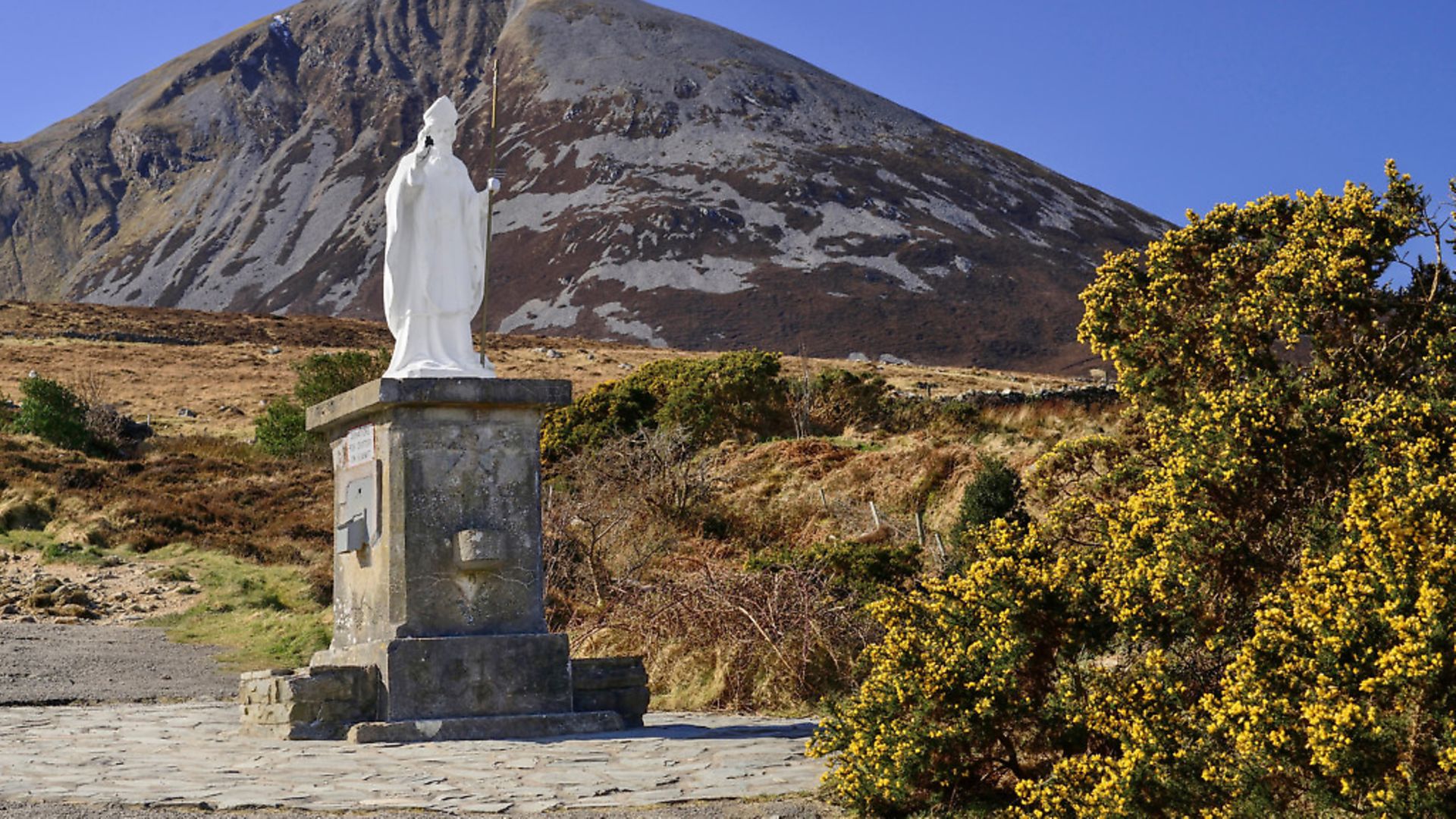
PETER TRUDGILL on a rural region of Ireland where a dialect took root and remained for centuries
The English language came into being in Britain, and spent its first 700 years on this island. When it did then start spreading beyond these shores, this was to the neighbouring island of Ireland. This first expansion of the English language out of Britain occurred, ironically, because of the activities of the French-speaking Norman conquerors of England.
In 1169 a group of Anglo-Normans arrived in County Wexford in southeastern Ireland, at the invitation of a local Irish leader who had asked for military help. They came from the French/English-speaking area of Pembrokeshire, southwestern Wales (as I’ve written about before), which had been colonised around 1100. These people were aristocratic speakers of Norman French, but they brought their English-speaking soldiers and servants with them. According to Professor Michael Samuels, the available evidence suggests that the English incomers mostly spoke dialects from the West Midlands and the south west of England.
The military adventures of the Anglo-Normans in Ireland soon gave them control of the towns of Wexford, Waterford, and Dublin. Large numbers of settlers then followed them, and much of the eastern and southeastern coastal area of Ireland gradually became English speaking. There were further urban coastal settlements to the west in Galway, Limerick, and Cork.
But interestingly, in spite of the military and political power that the Anglo-Normans exercised in Ireland, a long process of assimilation then set in during which the English- and French-speaking colonial minorities gradually became culturally more and more Irish and shifted to speaking Irish Gaelic.
By 1500, the English language had disappeared from nearly all of the island: English had obtained a good foothold in Ireland, and survived for a few centuries, but then died out.
Except that, in the far south east of the country, on the peninsula to the south of the town of Wexford, mediaeval English did survive – and continued to be used there until the 19th century. The dialect of the original 12th century English settlers was spoken in that area until the early 1800s, and beyond. After the re-colonisation of Ireland by the English Crown in the 17th century, English gradually replaced Gaelic in much of Ireland, leading to the development of the modern Irish English we are familiar with today.
But people on that far southeastern peninsula resisted the encroachment of this upstart modern form of English until the reign of Queen Victoria.
The dialect was described by the philologist A.J. Ellis in his 1889 work The Existing Phonology of English Dialects. He was never able to hear it spoken but, using written sources and reports from people on the spot, he acquired enough information to be able to classify the dialect as grouping together with the dialects of the West Country and south coast of England.
One well-known characteristic of the dialect’s pronunciation was the use of v rather than f, z instead of s, and zh instead of sh.
We are familiar with this feature from stereotypical West Country pronunciations such as “Zummerzet” for Somerset, as well as forms like “vrom” (from), “zixpence” (sixpence), and “zhilling” (shilling). Records from Forth and Bargy show the same kind of thing, with spellings such as vear (fear), zich (such), and zeven (seven).
The dialect also preserved archaic grammatical features: the mediaeval-style English past-participle forms using a prefix – y-drow (thrown), y-spant (spent), and y-go (gone) – are reminiscent of Chaucer’s y-clad (clad, clothed).
It also retained the verbal form cham (I am). This appears in Shakespeare’s plays in dialogues involving country bumpkin characters; and it survived in the dialects of the English West Country until quite recently. The word was derived from the mediaeval English form of I, which was ic, pronounced “itch”: ic am thus gave ‘ch am, just as modern I am has become I’m.










